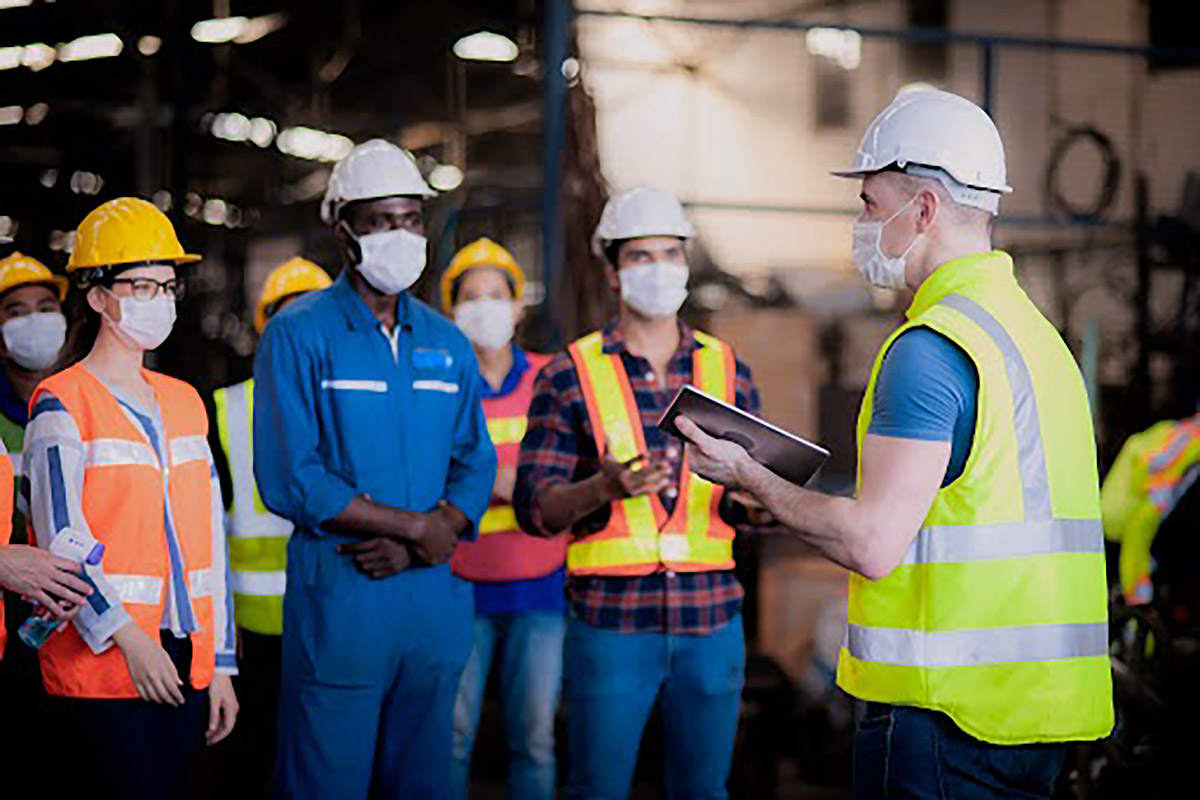
Construction Risk Advisor
The Key Components of a High Value Safety Program
The Key Components of a High Value Safety Program
Building an effective safety program can yield important benefits for construction companies. At the top of the list is the most important result – the ability to reduce employee injuries and illnesses. This is a crucial benefit because keeping workers healthy can build employee morale and retention while helping to minimize workers’ compensation claims and costs.
To build a solid safety program and take advantage of the enormous value a commitment to safety can deliver, construction firms should consider these five steps:
- Develop Safety Programs Following OSHA Standards
OSHA standards provide a pathway to workplace incident reduction, as many incidents stem from poorly developed or poorly implemented OSHA safety programs (e.g., not using the proper fall restraint system when working at heights; improperly using personal protective equipment when working with hazardous job site materials; poor lifting techniques). Thoroughly developing and effectively communicating OSHA-compliant programs can lead to fewer incidents, increased production and lower expenses by reducing workers’ compensation claims and avoiding OSHA citations.
- Integrate Programs Into Daily Operations
An effective safety program must translate from policies to daily practice to realize its full potential. Achieving this requires a strategic plan that is communicated to workers, proper execution and a culture that inspires and rewards employees for their efforts. Providing workers with knowledge and skills through training is also critical to the safety program’s success.
- Investigate All Work-related Injuries and Illnesses
Incident investigations provide information on real or potential jobsite issues. All accidents, including first aid-only incidents, should be investigated. Not only does this allow for corrective action to be taken to improve safety, but filing claims drives up workers’ compensation expenses, so finding strategies that result in fewer incidents reduces costs. Accident investigations go more in-depth than simple reports to uncover the incident’s root cause. This enables businesses to make improvements to prevent reoccurrences. Additionally, since first aid-only incidents are the largest category of incidents, preventing them can protect workers and reduce associated expenses.
- Develop Competence in All Employees
Training plays a crucial role in building an effective safety program. The goal of training is to develop employees who have the knowledge, skill and understanding to safely perform their assigned job responsibilities. Competent employees can identify workplace hazards and correct them, leading to fewer injuries and incidents and lower associated costs.
- Perform Regular Audits
Once programs are developed and implemented, employers need to review them regularly to ensure they are still relevant and effective. If safety deficiencies are discovered, they should be corrected. Consistent audits enable employers to constantly improve their safety programs and outcomes.
Learn More From a Construction Safety Leader
VTC Insurance Group has a long history of helping construction companies build strong safety programs. To learn more, give us a call at 248.828.3377 or visit vtcins.com.
This blog is for informational purposes only and is not intended as legal advice.


